

SCROLL
© Erik AJV
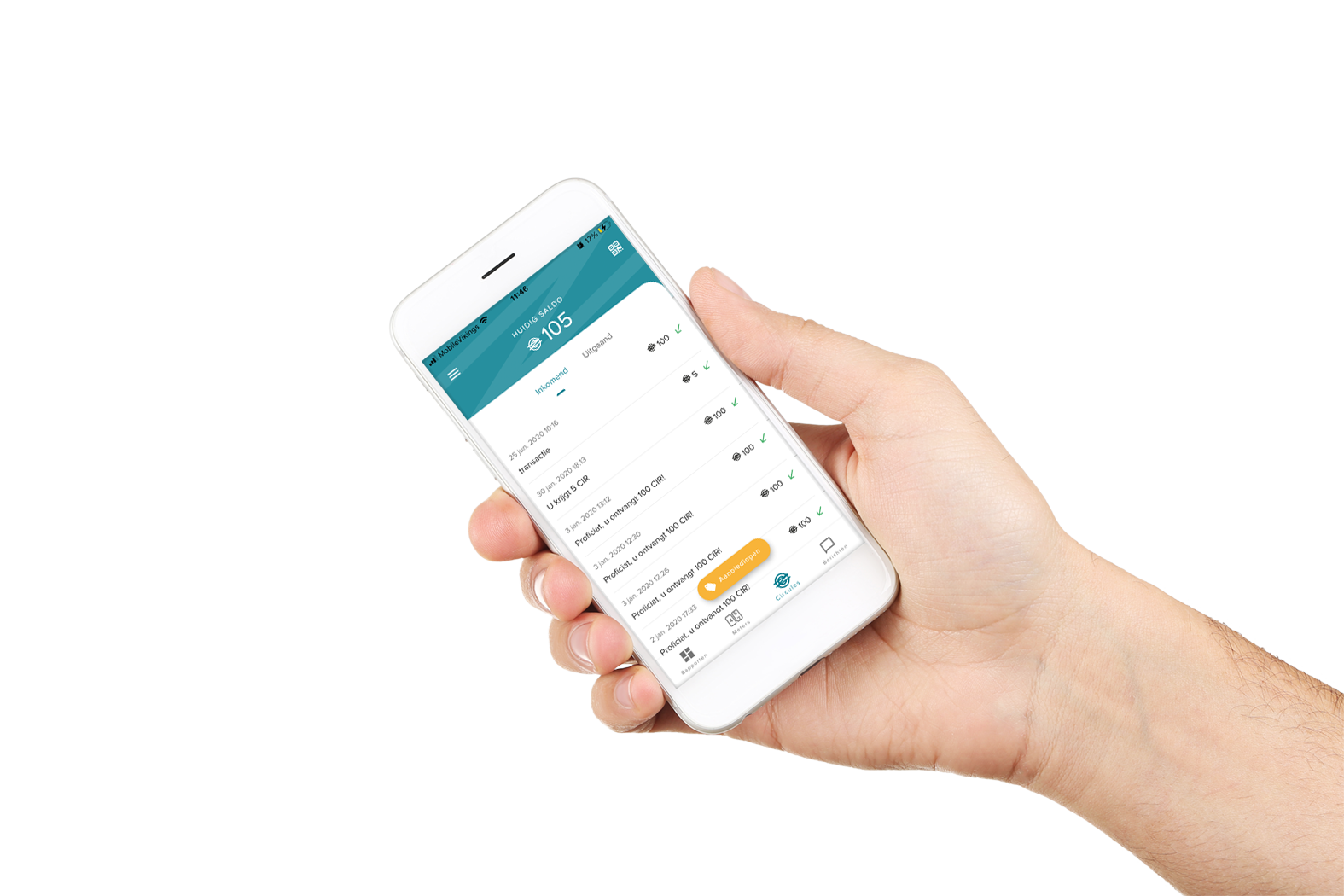
4.3. Virtual rewards system

To encourage residents to live a circular lifestyle, we used a rewards system with a virtual currency: the circule (CIR), with a value of 0.001 euro. The residents could earn circules by scoring well in the individual and group challenges. The circules were swapped for A-card points. In turn, these A-card points could be used at various places in Antwerp, whether to go swimming for free, for discounts in cultural centres and museums, or in the EcoHuis eco-shop. The circules were managed via blockchain technology.
Why is it a safe and efficient way to make transactions?
Every piece of information is encrypted so that no one is ever able to change it.
The data is not kept on one single central database, but on a network of computers—also called nodes. Every party in the blockchain network has an exact copy of the database.
Blockchain works without the intervention of banks or other companies.
Bitcoin is probably the most well-known example of blockchain technology. There are very many applications; examples include sharing medical data, faster bank transactions and tracing the origins of consumer products. And now, it’s also able to be used to stimulate circular living.
Earn and burn
Circular South participants could earn circules by taking part in individual and group challenges in the project. A challenge might be to reduce the amount of garbage disposed of in a month by 10%, or to reduce water use by 1,000 litres in a month. These circules appear in the participants’ personal wallets in the Circular South app. The participants could trade these circules for A-card points. 3,000 CIR were worth 1 A-card point. Participants were also able to see how many circules the other residents had already earned—always kept anonymous. This was a way of stirring up competition.
One ambition we were unable to fulfil was in making the circules eligible for use, not just as A-card points, but as a payment method with shops, energy suppliers and within the community. The coronavirus pandemic slowed the process of finding partners outside New South and in making collaborations air-tight from legal and practical perspectives.
Circules via blockchain
For the Antwerp circules we used Ethereum, a software platform built on blockchain technology. We also used the smart contract system. This is a protocol that is automatically executed if specific criteria are met. In this way, participants of Circular South only received circules if they had enrolled for a challenge and their smart meter indicated that they had reached a certain goal; for example, a 10% reduction in energy use.
The first tests took place with one challenge and one node for data storage with Digipolis Antwerpen. In the next phase, we rolled out the blockchain technology for all partners. They made their own challenges, linking them to conditions and circules.
Of the three different sorts of blockchain systems—public, private and consortium—we chose a consortium system. This way, all project partners would be able to execute and approve transactions. Approvals were made via a proof-of-authority algorithm.
The results
TECHNOLOGY
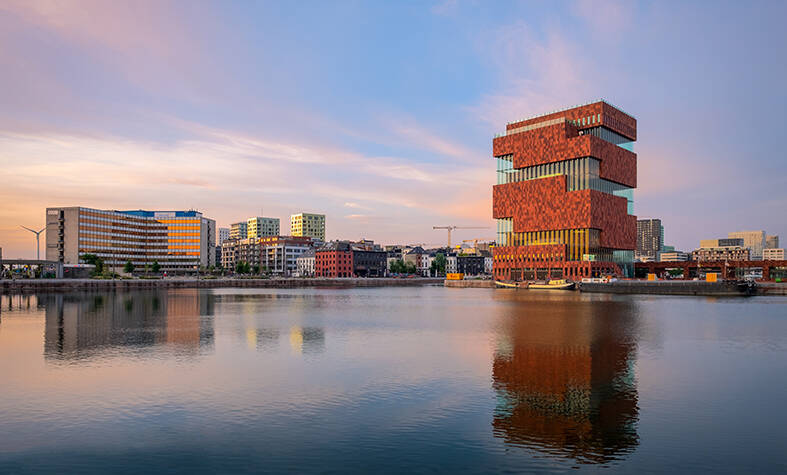
© TOM CORNILLE



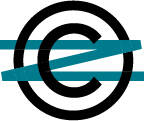
What is block chain?
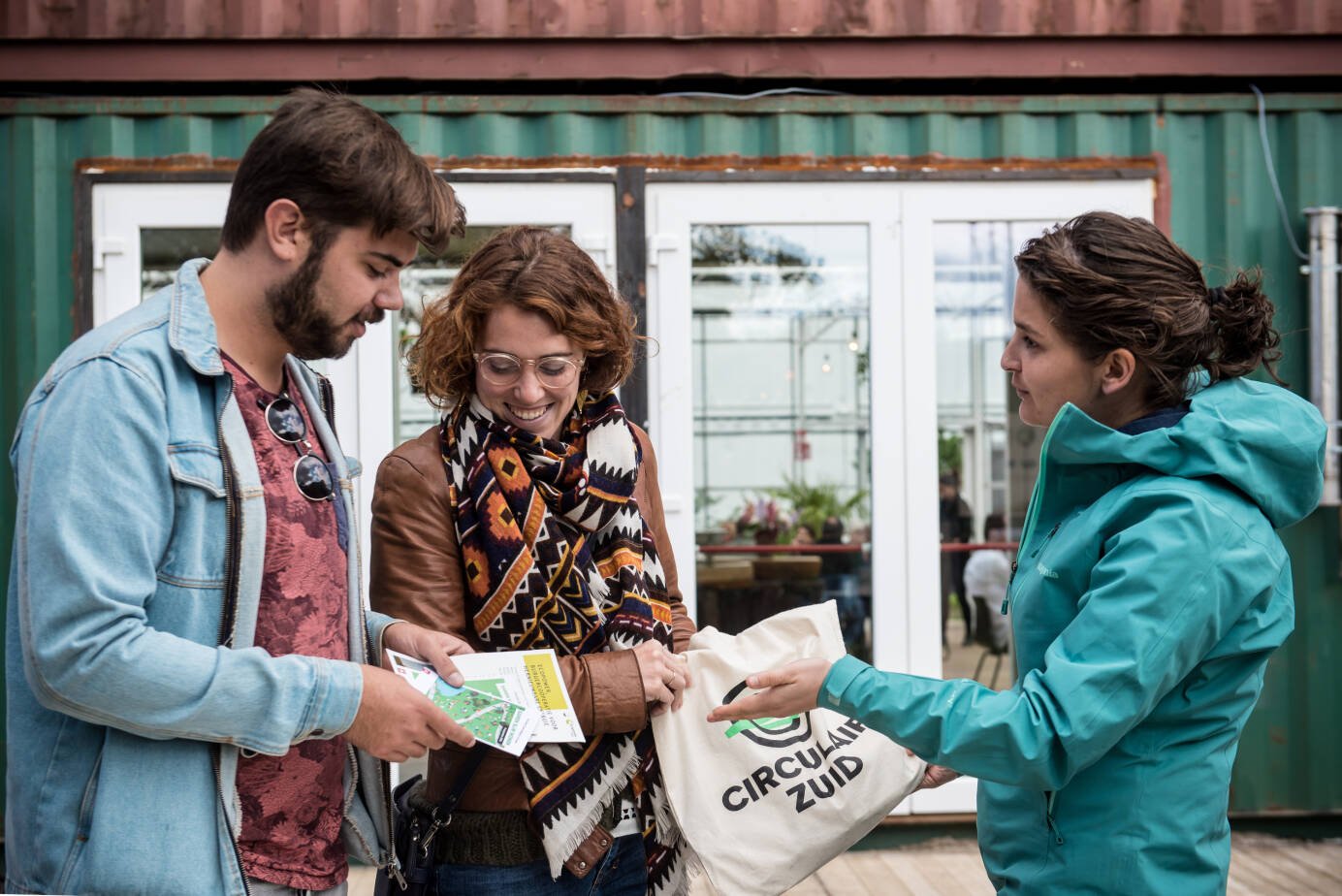
Earn and burn
Circular South participants could earn circules by taking part in individual and group challenges in the project.
A challenge might be to reduce the amount of garbage disposed of in a month by 10%, or to reduce water use by 1,000 litres in a month. These circules appear in the participants’ personal wallets in the Circular South app. The participants could trade these circules for A-card points. 3,000 CIR were worth
1 A-card point. Participants were also able to see how many circules the other residents had already earned—always kept anonymous. This was a way of stirring up competition.

The results
4.3. Virtual rewards system

© Erik AJV
To encourage residents to live a circular lifestyle, we used a rewards system with a virtual currency: the circule (CIR), with a value of 0.001 euro. The residents could earn circules by scoring well in the individual and group challenges. The circules were swapped for A-card points. In turn, these A-card points could be used at various places in Antwerp, whether to go swimming for free, for discounts in cultural centres and museums, or in the EcoHuis eco-shop. The circules were managed via blockchain technology.
Why is it a safe and efficient way to make transactions?
Every piece of information is encrypted so that no one is ever able to change it.
The data is not kept on one single central database, but on a network of computers—also called nodes. Every party in the blockchain network has an exact copy of the database.
Blockchain works without the intervention of banks or other companies.
Bitcoin is probably the most well-known example of blockchain technology. There are very many applications; examples include sharing medical data, faster bank transactions and tracing the origins of consumer products. And now, it’s also able to be used to stimulate circular living.
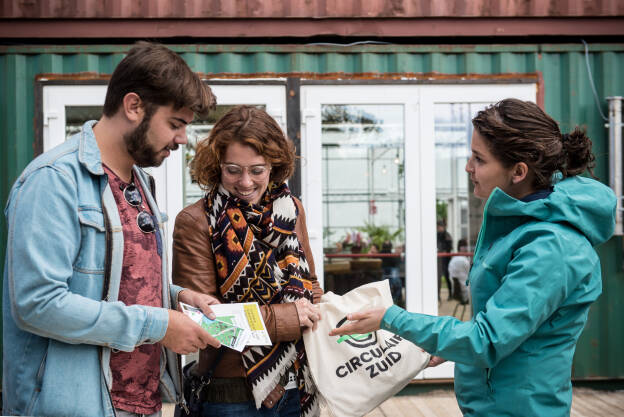
© TOM CORNILLE
One ambition we were unable to fulfil was in making the circules eligible for use, not just as A-card points, but as a payment method with shops, energy suppliers and within the community. The coronavirus pandemic slowed the process of finding partners outside New South and in making collaborations air-tight from legal and practical perspectives.
Circules via blockchain
For the Antwerp circules we used Ethereum, a software platform built on blockchain technology. We also used the smart contract system. This is a protocol that is automatically executed if specific criteria are met. In this way, participants of Circular South only received circules if they had enrolled for a challenge and their smart meter indicated that they had reached a certain goal; for example, a 10% reduction in energy use.
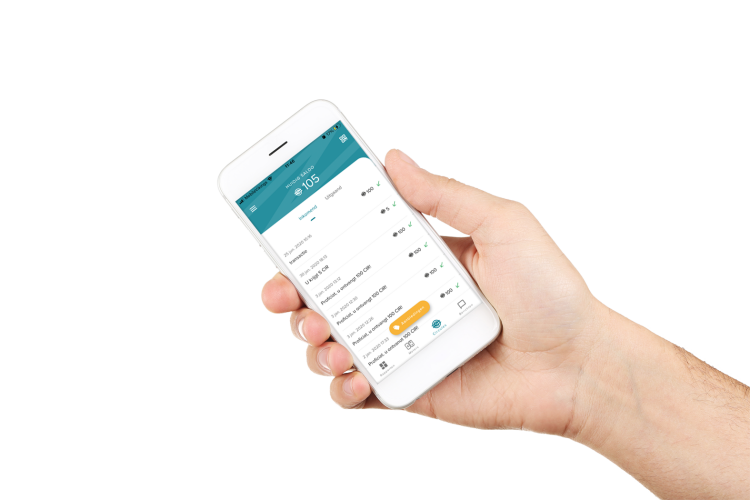



The first tests took place with one challenge and one node for data storage with Digipolis Antwerpen. In the next phase, we rolled out the blockchain technology for all partners. They made their own challenges, linking them to conditions and circules.
Of the three different sorts of blockchain systems—public, private and consortium—we chose a consortium system. This way, all project partners would be able to execute and approve transactions. Approvals were made via a proof-of-authority algorithm.
